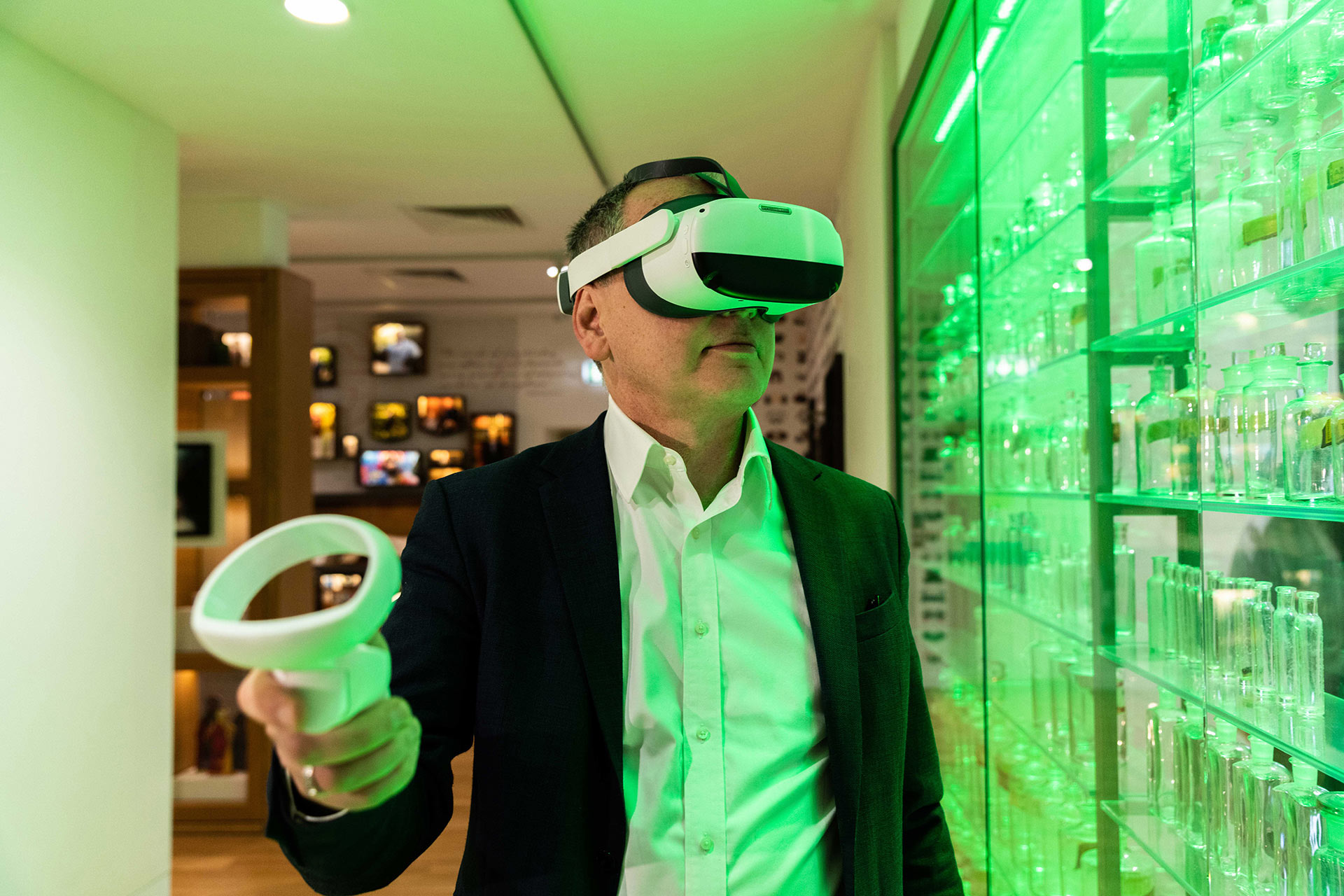It’s just past 8 o’clock on July 10, 2022 at the racetrack in Zolder, Belgium, when most people are just waking up on a lazy Sunday morning. But in a large tent behind the grandstands, a dozen mechanics have been busily tightening screws, drilling, and likely breaking a sweat, as they get their half-built race cars ready for an exceptional premiere.
It was the first competitive race organized by the Electric Racing Academy (ERA). In November 2021, the first of the world’s first all-electric junior racing series had hit the Zolder track. Now, ten drivers were facing off at the 4.2-kilometer circuit at a speed of over 200 km/h. Cameron Hawes from France emerged the winner with a razor-thin lead of just five-hundredths of a second. The ERA team and spectators were thrilled to witness first-hand the successful debut. Three key players explain why this day was so special to them.
The Head
Our cars are the first of their kind in the world, and in cooperation with Software AG, we equipped them with cutting-edge technology. The cars are essentially IoT hardware on wheels, meaning that each one has its own 4G hotspot, to be upgraded to 5G in the future. We transmit race data straight to the cloud, and this data is brand new and valuable to everyone: our technicians and engineers, our drivers and soon our fans as well.
This weekend, we delivered on our promise. ERA proved that we can fill a big gap in the motorsport world and offer young drivers a whole new way to enter the space. Our holistic vision of a race series is more diverse, sustainable and digital than established combustion vehicle series, and it is becoming a reality. That makes me really proud. Looking forward, we now want to grow ERA throughout Europe and then eventually expand to other continents.”
Beth Georgiou, Cofounder and CEO of ERA
The Driver
Richard Morris, British racecar driver and cofounder of the Racing Pride initiative, which promotes LGBTQ+ inclusion in motorsports


